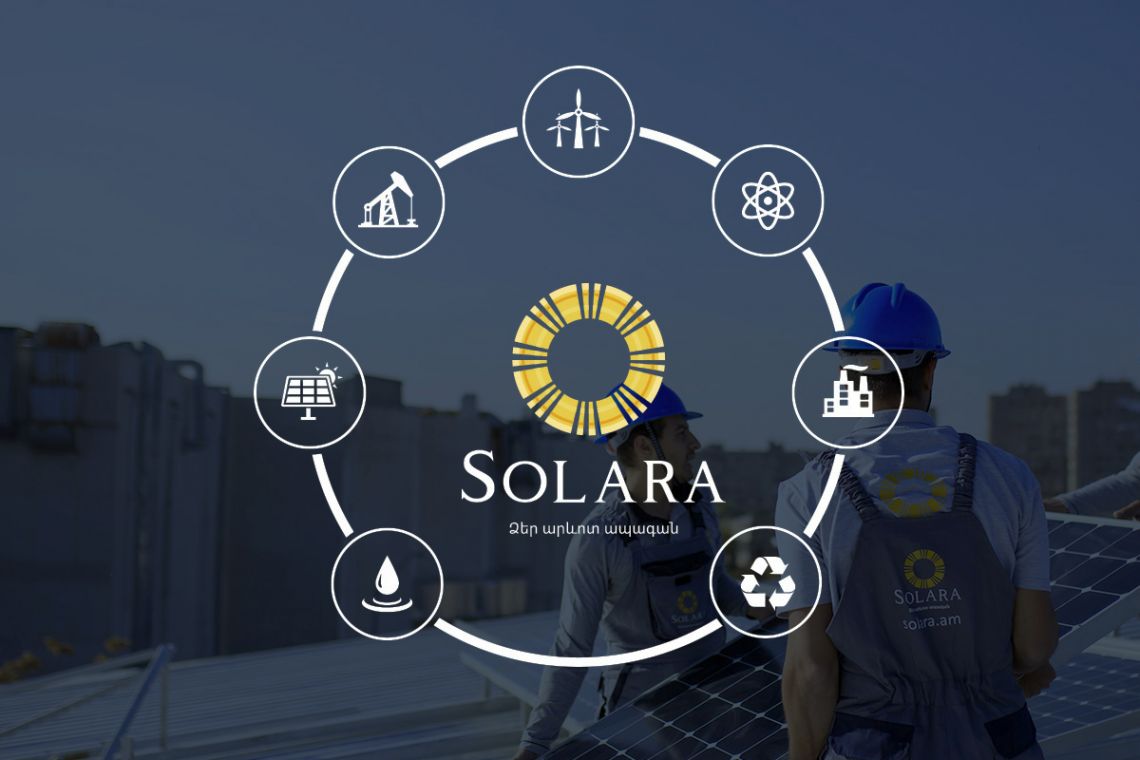
5 Alternatives to Solar: Other Types of Renewable Energy Sources

Today, renewable energy is sometimes viewed as innovative technology. Although, the potential of natural resources have been used since ancient times in transportation (wind power during shipping), heating and enlightening homes (solar energy).
What is renewable energy?
Renewable energy (alternative energy) is an infinite type of energy, like the Sun. Although coal, oil, natural gas, and other similar natural resources are gradually recovering for billions of years, they are not considered renewable energy sources.
Today, the most common renewable energy sources are:
- Solar energy
- Wind energy
- Hydropower
- Hydrothermal energy
- Tidal energy
- Wave energy
1. Solar energy
Such solar plants operate thanks to solar modules. The primary mission of the modules is to absorb electromagnetic radiation from the Sun and convert it into water or electric energy. The amount of energy coming from the Sun is directly proportional to the time of day, depending on the location of the solar station and weather conditions.
2. Wind power
With the help of wind engines and special devices, the air flows moving on the Earth's surface are transformed into another type of renewable energy. Even though wind, like the Sun, is an infinite energy resource, unlike solar power plants, the installation and maintenance of wind engines are several times more expensive.
The most beneficial places for the production of such energy are coastal areas.
3. Hydropower
As a renewable energy source, hydropower plants are the most economically developed ones. As a rule, such plants are built on those river parts where water flow is strong.
This energy source may sometimes be more reliable than the Sun and wind because, in most cases, it doesn't depend on weather conditions.
4. Hydrothermal energy
Despite ordinary thermal stations needing preheated water, hydrothermal energy stations use springs that naturally come to the Earth's surface.
5. Tidal energy
Another type of hydropower is tidal energy, usually installed in coastal areas of the seas and oceans. Such power plants are constructed with special generators and pumps so that in case of tide absence, the water flow does not stop. Such electric stations are called hydroaccumulatiors.
6. Wave energy
This type of renewable energy is somehow similar to tidal energy. In both cases, the energy is generated by water flow. But unlike tidal energy plants, for which the gravitation of the Moon is an essential condition, wave energy depends purely on the ocean potential.
Stimulating renewable energy development and switching to cleaner and safer energy sources for the environment guarantees the spread of green culture and significantly reduces the percentage of harmful emissions into the atmosphere.
According to some research, today, nuclear and hydropower plants compose approximately 2/3 of Armenia's energy production. Thus, compared to other countries, the amount of toxic emissions into the atmosphere is relatively low in Armenia. Nevertheless, the number of businesses and individuals switching to cleaner energy decreases day by day in Armenia. This is undoubtedly a significant step towards the energetic independence of the country.




